President López Obrador, or AMLO as he is commonly known, is approaching the completion of his first year in office.
To help readers gain a better understanding of the man and his administration — from an alphabetical standpoint, at least — Mexico News Daily has prepared a glossary of common key words and phrases of the president and his government during their first 10 ½ months in office.
Here is Part II of the ABCs of AMLO. You can read Part I here.
L is for Los Pinos:
Formerly the official residence of the president, it was converted into a cultural center open to the public after López Obrador decided not to move in to the opulent Mexico City mansion.
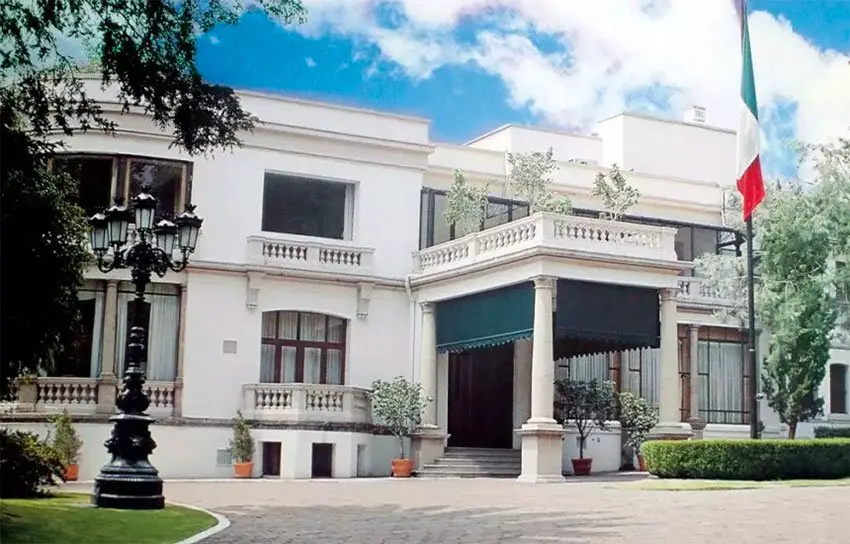
During the presidential campaign, AMLO claimed that Los Pinos “has bad vibes and is haunted” because of the corrupt past presidents who lived there. However, allowing common people to enter shortly after he took office cleansed it, he declared.
The presidential initially lived in his own home in southern Mexico City but more recently moved into an apartment within the National Palace, the seat of executive power.
M is for Morena:
The Movimiento Regeneración Nacional (National Regeneration Movement), or Morena, is the president’s leftist political party.
López Obrador founded Morena in 2011 as a non-profit organization but it wasn’t until 2014 that it was registered as a political party. Its rise has been meteoric.
Morena governors are now in power in five states, while federally the party leads a three-party coalition that has a majority in both houses of Congress, meaning that the government faces limited opposition to its legislative agenda.
The party’s slogan is La Esperanza de México (The Hope of Mexico).
N is for National Guard:
Officially inaugurated on June 30 and deployed nationally at the start of July, the National Guard is the centerpiece of the federal government’s national security plan.
The creation of the new security force was heavily criticized by human rights groups, which argued that its deployment would only perpetuate the failed militarized crimefighting strategy implemented by past president Felipe Calderón and continued by Enrique Peña Nieto.
The guard, which has a civilian command but a large number of former soldiers in its ranks, has been deployed to 150 regions across Mexico but has not made much of an impact in terms of reducing homicide numbers.
Interior Secretary Olga Sánchez said this month that she was confident that the Guard would achieve positive results in the fight against violence and security “very soon” but stressed that municipal and state police forces also must be strengthened in order to pacify the country.
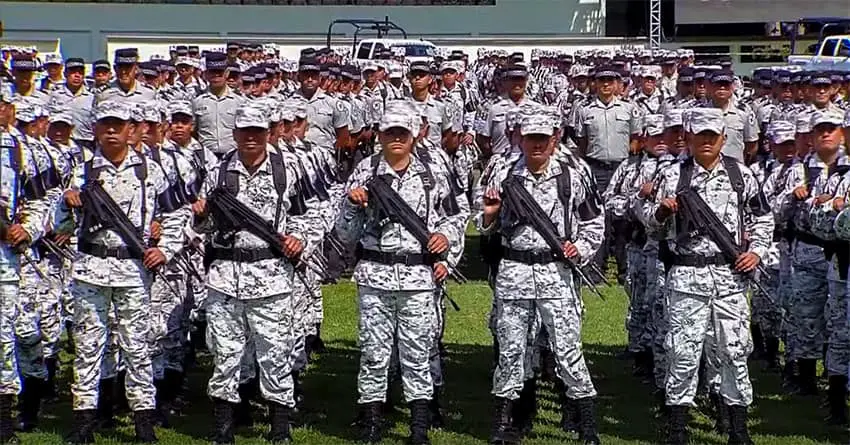
O is for otros datos (other data):
Yo tengo otros datos (I have other data) is a phrase the president has used on repeated occasions when challenged with statistics or other information that is critical of him or his government.
Statistics show infrastructure spending is down? AMLO has otros datos. Unemployment is up . . . the president has otros datos. Economic growth is screeching to a halt? Guess what: López Obrador has “other data.”
P is for PRD:
López Obrador ran for president twice as the candidate for the Democratic Revolution Party, or PRD, losing to Felipe Calderón in 2006 and Enrique Peña Nieto in 2012.
He also represented the left-of-center party as Mexico City mayor between 2000 and 2005.
The split between AMLO and the PRD was said to be amicable but in 2014, the former accused the latter of treason because of its support for the Pact for Mexico, the multi-party agreement that was steered by the administration of President Peña Nieto.
In turn, the PRD hasn’t been shy of criticizing López Obrador now that he holds the most powerful position in the country.
In April, it accused AMLO of pushing the country towards authoritarianism in a scathing attack published in a Mexico City newspaper.
The party said the president was undoing reforms implemented over the past 30 years that were designed to keep the power of the state in check.
Q is for quirky turns of phrase:
Prensa fifí (posh or elitist press): An umbrella term the president uses to describe media that is critical of him or his government. López Obrador often refers to Mexico City-based newspaper Reforma as prensa fifí and just last week clashed with one of its reporters when asked whether he would concede that the government’s security strategy is a failure.
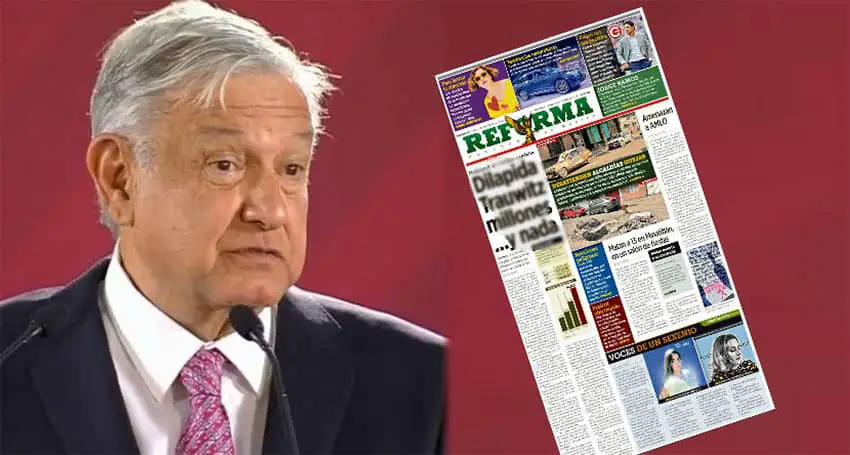
Me canso ganso (I’m tired goose): Used by the president to indicate that he is as good as his word. The phrase was used by legendary Mexican actor Germán Valdés, or Tin Tan, in the 1947 film Niño Perdido.
Abrazos, no balazos (hugs, not bullets): An encapsulation of the government’s security strategy. AMLO uses the phrase to assert that the government is not like its predecessors and won’t be drawn into fighting “fire with fire.”
La Mafia del Poder (The mafia of power): A term used by the president to describe corrupt politicians and the nation’s self-serving business elite who he claims have colluded to the detriment of everyday Mexicans.
Limpiar las escaleras de arriba abajo (Clean the stairs from top to bottom): If you hear AMLO utter this phrase, he’s talking about eliminating corruption from all parts of the government.
R is for revocation of mandate:
The Senate approved a change to the constitution this month that allows López Obrador to hold a revocation of mandate vote three years into his presidency. That means that Mexicans will have the opportunity to vote AMLO out of office halfway through his term.
When López Obrador first floated the idea of subjecting his rule to a vote after three years, opposition lawmakers claimed that the proposal was a part of a ploy to enable him to perpetuate his power.
To quell doubts, he signed a written undertaking in March that he will not seek re-election at the end of his term in 2024, declaring that six years is enough time to “eradicate corruption and impunity.”
S is for social media:
Twitter, Facebook, Instagram, YouTube: AMLO is on all of them.
The president has a combined total of 15 million followers, friends and subscribers across the four popular social media platforms and uses them frequently to communicate with citizens and cultivate his political persona.
The president’s morning press conferences, or mañaneras, are broadcast live on YouTube and López Obrador often posts photos and videos to social media of himself at work, addressing rallies, traveling around the country and speaking to ordinary Mexicans.
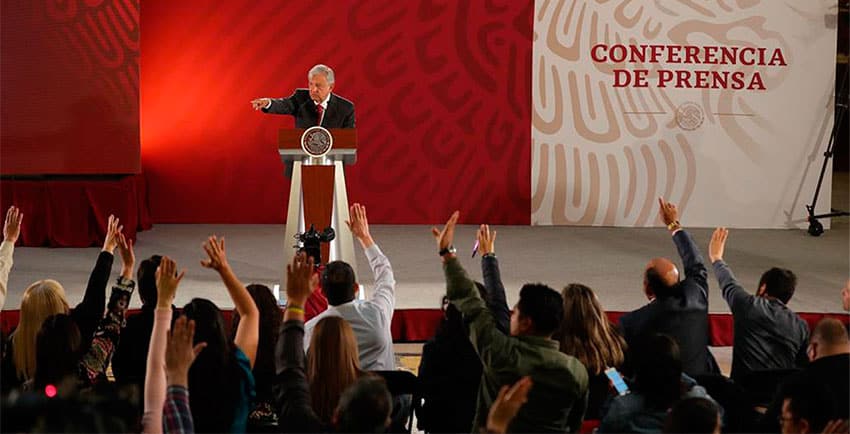
One recent video showed the president chatting to a father and son filling potholes on a rural road in Puebla. In another, he appears seaside in Ensenada and in the space of eight minutes, talks up his agenda to transform Mexico, criticizes past “neoliberal” governments and professes his “love for the people.”
The president also has an army of supporters – and bots – who carry out a hate-filled social media campaign against reporters who dare to criticize or question him or who are deemed to be out of step with the Fourth Transformation.
T is for Tabasco:
The president’s home state. López Obrador was born in Macuspana, a municipality southeast of the state capital, Villahermosa, in 1953.
AMLO can thank Tabasco for his second most common nickname, El Peje. The pejelagarto, a kind of garfish, is common in the state.
The president cut his political teeth in Tabasco with the Institutional Revolutionary Party, working as a state delegate to the National Indigenous Institute and a campaign director for a gubernatorial candidate, among other roles.
Opposition lawmakers accused the president of giving preferential treatment to his home state after Tabasco Governor Adán Augusto López Hernández announced in May that his government had reached an agreement with the Federal Electricity Commission to cancel 11 billion pesos in debt owed by more than 520,000 people. The president played an integral role in the deal, he said.
U is for the United States:
Mexico’s relationship with the United States, the country’s largest trading partner, hit close to rock bottom during the presidency of Enrique Peña Nieto, mainly as a result of U.S. President Trump’s plan to build a border wall and his characterization of Mexican migrants as undesirables.
Despite their political polarization, López Obrador and Trump have maintained a largely cordial relationship although they have never met in person. However, the bilateral relationship hasn’t been all smooth sailing since AMLO took office.
Trump threatened to slap blanket tariffs on all Mexican imports earlier this year if Mexico didn’t do more to stop illegal immigration to the northern border. AMLO agreed to deploy the National Guard to step up enforcement against migrants and to accept the return of asylum seekers as they await the outcome of their claims in the United States.
Some observers concluded that the government’s concessions to the U.S. had turned Mexico into Trump’s long-promised wall.
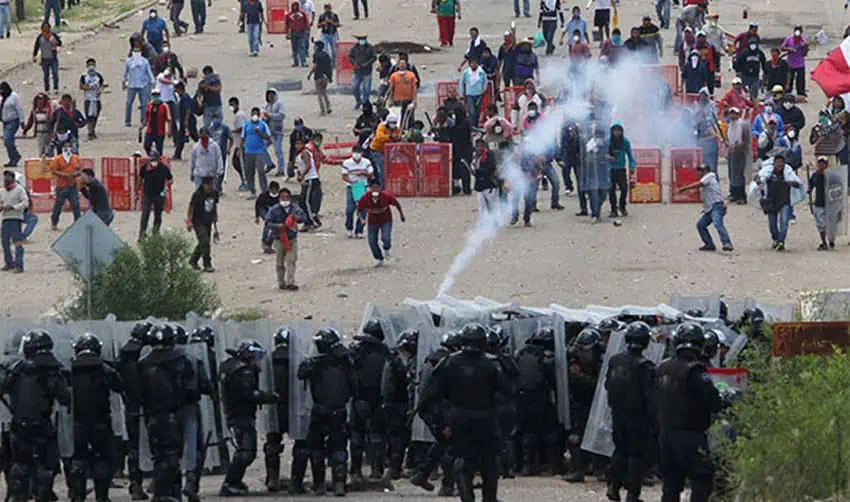
V is for violence:
The foremost challenge facing the López Obrador administration is to combat the record high levels of violence plaguing the country. Mexico is currently on track to record more homicides this year than in 2018, which with more than 33,000 murders was the most violent year on record.
The president came under fire this week from opposition lawmakers for failing to keep a promise made in April to improve the security situation in six months. Despite the statistical evidence to the contrary, AMLO claims that his security strategy is working “very well.”
W is for welfare:
“For the good of all, the poor come first.”
Presenting his annual report in September, López Obrador said that his government is providing financial support to half of all households and nine out of 10 indigenous families. He also said that the elderly, the disabled, students and farmers are receiving greater financial support than before.
The Secretariat of Welfare is the successor to the Secretariat of Social Development, which was embroiled in corruption scandals during the previous government.
In addition to managing pension and other welfare payments, the department is in charge of one of López Obrador’s signature projects, the agroforestry employment scheme called Sembrando Vida (Sowing Life).
X is for Claudio X. González:
Not just one man but two. Claudio X. González Laporte, chairman of Kimberly-Clark México and a member of the influential Mexican Business Council, and his son, Claudio X. González Guajardo, a businessman and president of the anti-graft group Mexicans Against Corruption and Impunity (MCCI), are outspoken critics of López Obrador.
The latter has been critical of AMLO from the first day of his presidency, asserting that his inauguration speech presented “a “retrograde, statist, interventionist [and] obsolete [economic] vision” that would have “very bad” consequences.
The president blasted the MCCI last month, claiming that it was carrying out a campaign of “sabotage” against his administration. The group is part of the #NoMásDerroches (No More Waste) collective that launched legal action against the Santa Lucía airport.
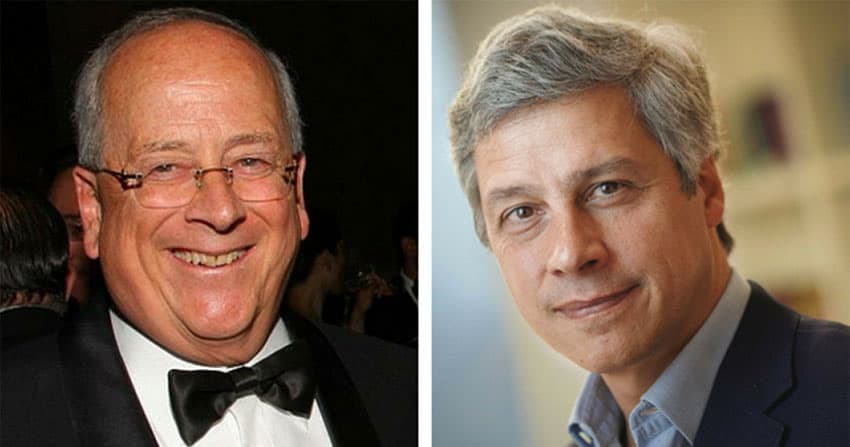
Both González and the MCCI are pro-corruption and conservatives, López Obrador said.
López Obrador has accused González Laporte of participating in what he calls “the electoral fraud of 2006” when he narrowly lost the presidency to Felipe Calderón.
Despite the bad blood between the two men, Kimberly-Clark México said this week that it is committed to investing in López Obrador’s Mexico.
Y is for Yucatán peninsula:
The Yucatán peninsula will be home to one of the government’s largest infrastructure projects, the Maya Train. López Obrador says that its construction and operation will provide a major economic boost for the southeast of Mexico.
But experts have warned that that construction of the railway poses environmental risks to the region’s underground water networks and the long-term survival of the jaguar.
Yucatán peninsula indigenous groups have rejected the project, claiming that it will bring no benefits to them. They also challenged the name of the train, declaring that “there’s nothing Mayan about it.”
Z is for Zócalo:
There is perhaps no place AMLO is more comfortable than Mexico City’s central square, or zócalo, in front of a large crowd of his most ardent supporters. Masses of people flocked to the square the day López Obrador triumphed in last year’s election, the day he was sworn in as president and on the first anniversary of his election.
The president said this week that he could hold another event in the zócalo on December 1 to celebrate the end of his first year in power and provide an update on the progress of the government.
“It would be a ceremony, a report but there’ll be no shortage of musicians,” López Obrador said.
“Why wouldn’t we have music? It will be a report but there could be bands . . . and the party animals that want to come won’t be lacking.”
Mexico News Daily